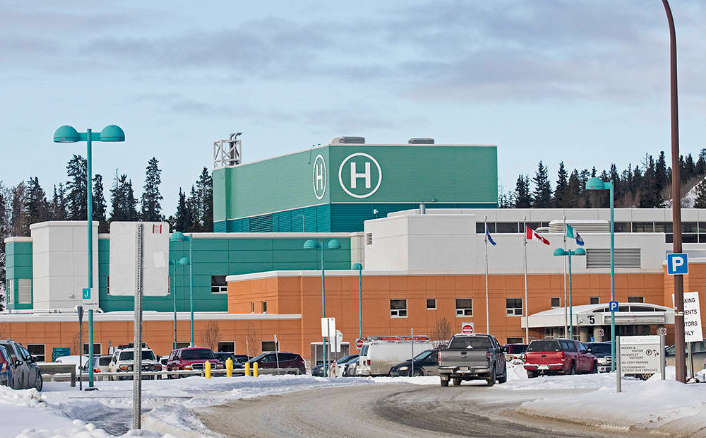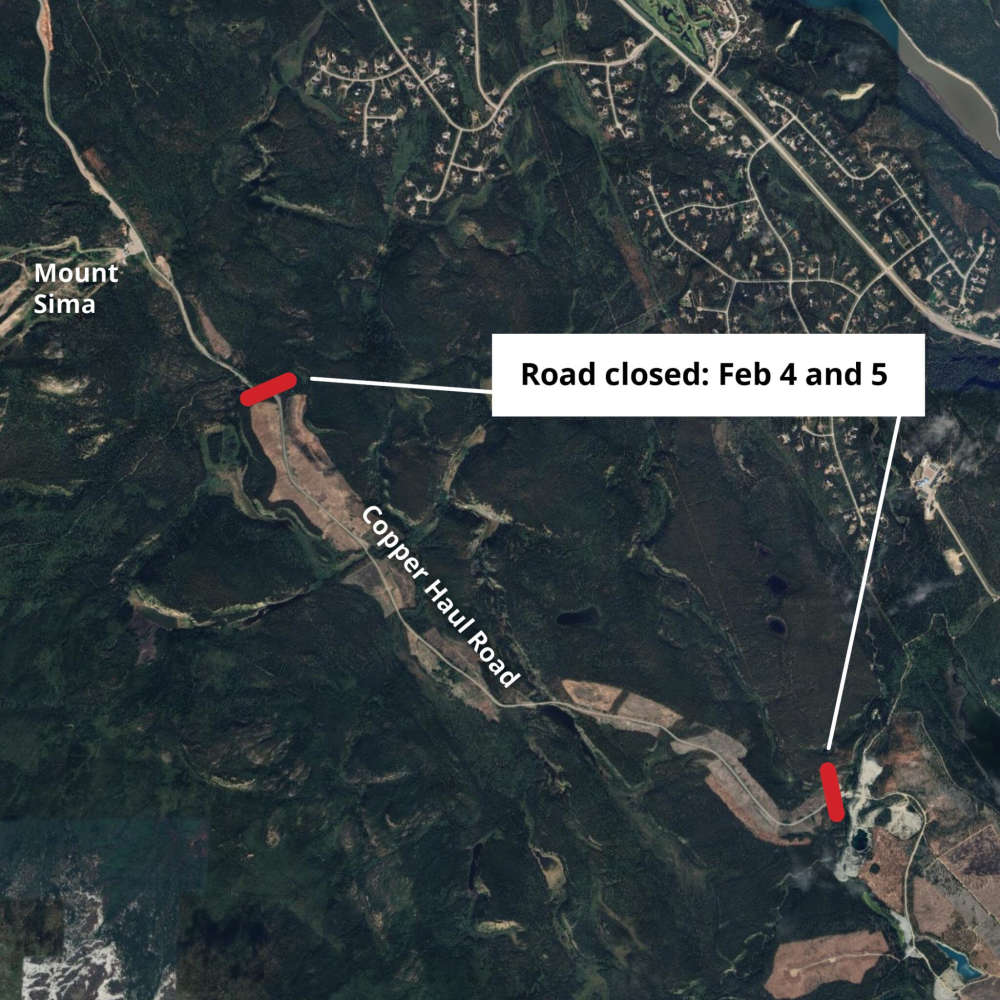
Members of the Yukon Salmon Sub Committee say the low fish count at the Whitehorse Fish Ladder this year is unfortunate.
Yukon Salmon Sub Committee Executive Director Elizabeth MacDonald says this years fish count so far at the Whitehorse Fish Ladder is unfortunate.
MacDonald says only 270 salmon were counted at the station this year, which she says is quite low in comparison to the 220,000 fish that were counted at the Pilot Station Sonar Station near the head of the Yukon River in Alaska.
MacDonald says fish harvesting could be one major impact on the decline of the salmon count upriver.
"The general trend is at the mouth of rivers, things did better than expected. The further upriver you go, it seems that there's been less and less Chinook salmon. The better than expected numbers haven't been materializing. At the end of the season, I know that fish scientists and managers will be looking at the harvest data. That's one missing piece of the picture — how many were harvested. That could account for all the change."
MacDonald says there could be one other reason around the decline of the salmon numbers up the Yukon River.
"This year, there was a big anomaly in the lower section of the river in the US where there were record high water temperatures. That can be really hard on salmon, and we expected that it caused stress or impact to the Chinook. In the Koyakuk tributary to the Yukon, we did see mass die-off of summer chum (before) they got a chance to spawn. Alaska scientists are believing that was due to the high water temperatures."
While MacDonald says the salmon numbers weren't as negative as our Alaska counterparts this year, she says it's important for Yukoners to protect fish habitat in the era of climate change.
"We're seeing (this year) how climate change can affect the stock. We are fortunate as Yukoners that that stock wasn't within our territory. With warming temperatures and climate change, we could see those similar impact on our side of the river in future years. We want to be sure we're aware of that and keeping the fish habitat so they can continue to thrive."
Total salmon harvest numbers from Alaska are expected near the end of the fall.



 Kwanlin Dün First Nation celebrates 20th Anniversary of Final Agreement
Kwanlin Dün First Nation celebrates 20th Anniversary of Final Agreement
 Yukon RCMP Traffic Services are investigating a collision between a police vehicle and a cyclist
Yukon RCMP Traffic Services are investigating a collision between a police vehicle and a cyclist
 Former teacher calls out education minister for inaction
Former teacher calls out education minister for inaction
 Yukon RCMP issue arrest warrant
Yukon RCMP issue arrest warrant
 Yukon Native Hockey Tournament kicks off its 45th anniversary with more teams than ever before
Yukon Native Hockey Tournament kicks off its 45th anniversary with more teams than ever before
 Whitehorse RCMP search for missing man
Whitehorse RCMP search for missing man
 B.C. man, two Watson Lake residents arrested on warrants in Whitehorse
B.C. man, two Watson Lake residents arrested on warrants in Whitehorse
 Ross River RCMP arrest two men in separate, unrelated investigations involving stolen rifles
Ross River RCMP arrest two men in separate, unrelated investigations involving stolen rifles
 Medical Staff Association president raise "significant concerns" surrounding acute care at Whitehorse General
Medical Staff Association president raise "significant concerns" surrounding acute care at Whitehorse General
 Whitehorse count indicates 83 per cent of homeless in 2024 were Indigenous
Whitehorse count indicates 83 per cent of homeless in 2024 were Indigenous
 Whitehorse RCMP seek public's help in locating missing 73-year-old man
Whitehorse RCMP seek public's help in locating missing 73-year-old man
 CYFN opens new wellness centre in Whistle Bend
CYFN opens new wellness centre in Whistle Bend
 'Old Crow a Philosophy' makes global premiere at YAC
'Old Crow a Philosophy' makes global premiere at YAC
 Yukon First Nations Culture and Tourism Association cancels events for 2025, including Adäka Festival
Yukon First Nations Culture and Tourism Association cancels events for 2025, including Adäka Festival
 Whitehorse residents and Yukon NDP speak out against a proposed transit fare hike
Whitehorse residents and Yukon NDP speak out against a proposed transit fare hike
 Diane Strand wins Haines Junction mayoral byelection
Diane Strand wins Haines Junction mayoral byelection
 Copper Haul Road closure announced for bridge repairs
Copper Haul Road closure announced for bridge repairs
 Yukon Government and Canadian Government partner to boost local businesses
Yukon Government and Canadian Government partner to boost local businesses